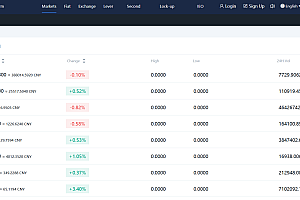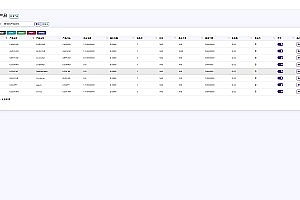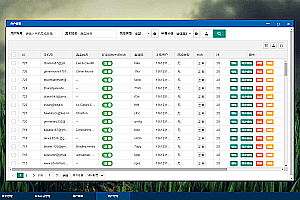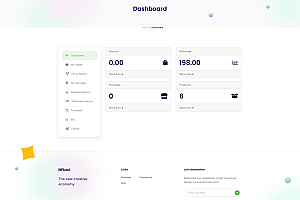





For a secure exchange, the security defense is as follows:
1: All wallet ports are changed to non-routine ports.
2: Hardware protection (all wallets are put into the Intranet machine without any external network permissions, so as to avoid hackers calling the api interface).
3: Application-layer protection, the management background only allows Intranet access, and isolates the advanced rights of the external network to the wallet operation.
4: The wallet key verification rule adopts the dynamic password and static hybrid mode to improve the security of the wallet itself.
5: The application wallet access adopts multiple authentication) in the execution of a transaction [budget will increase].
6: Background address with key verification and address length and height amplification, increase strength.
7: Change keys and passwords periodically.
Note on 6 Application Wallet authentication:
1: The wallet itself communicates with the server with strong user and pass passwords (Layer 1).
2: At present, most exchange wallets do not do encrypt in order to facilitate communication, and wallets can be reinforced by encrypt means.
When the exchange communicates, it sends the second-layer password and sets the session for a very short time. The session automatically ends
Lock your wallet to make it more secure (Level 2)










